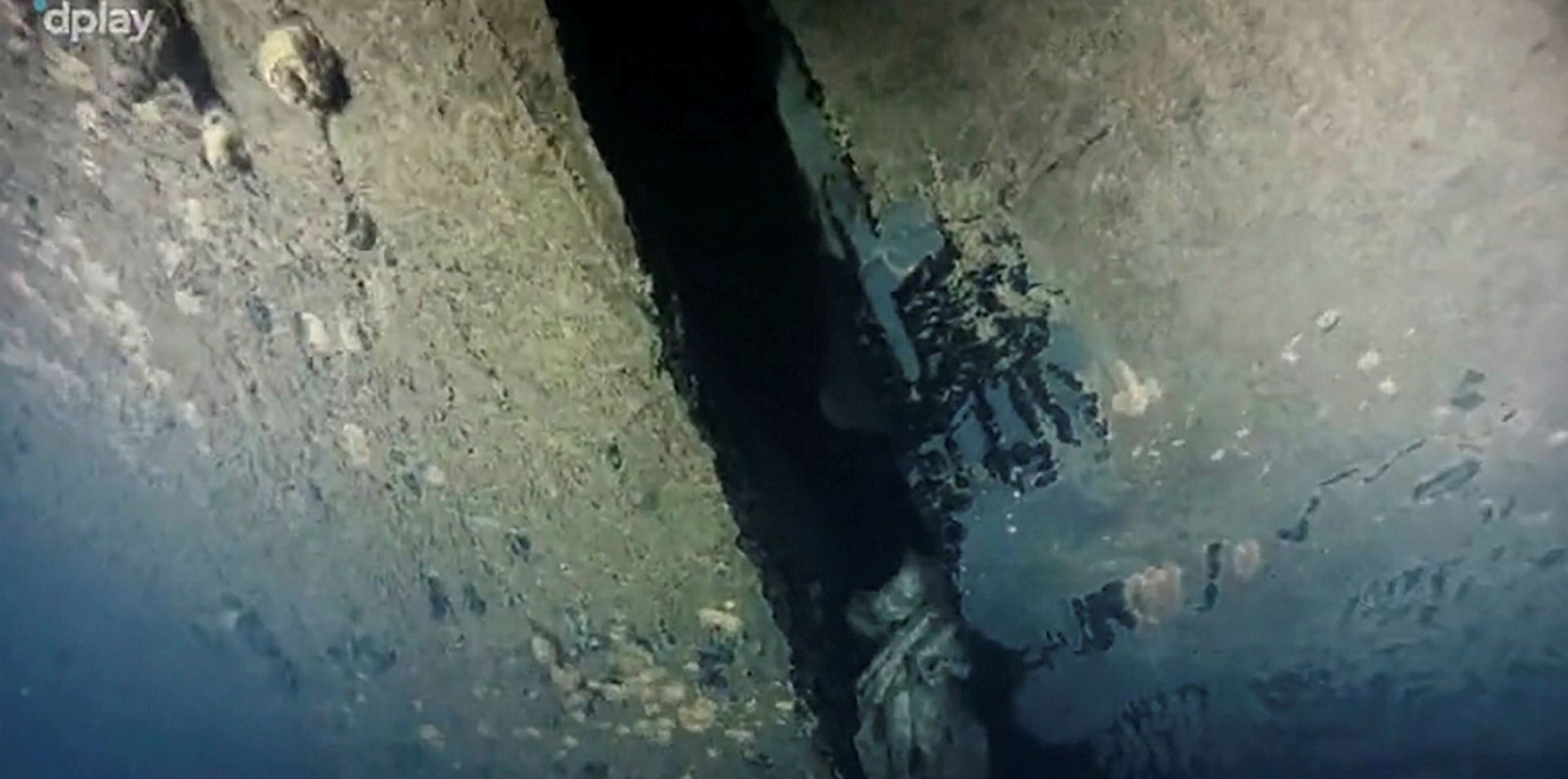The Estonian government says early indications are that a newly discovered hole in the hull of the ferry Estonia was not the cause of the 1994 sinking that killed 852 people.
A documentary broadcast last month featured underwater footage of the wreck, revealing a four-metre tear.
But a preliminary report into the new evidence did not change the conclusions of the official 1997 accident investigation that found the Estline vessel went down due to a problem with the bow door locking system after a door was ripped off in a storm.
The report, written by four scientists and a senior advisor at the Ministry of Foreign Affairs, was posted on the government's website.
The authors said the newly identified damage was too small to have sunk the 1980-built ropax so quickly.
The hole was likely to have been caused by the vessel hitting rocks on the seabed in the Baltic Sea between Estonia, Finland and Sweden, the report added.
Estonia's interior minister, Mart Helme, told reporters that the government had seen the new film, BNE Intellinews reported.
The state has, however, committed to reinvestigate the tragedy and its cause. The Estonian government has proposed to Finland and Sweden that they also take part.
The tragedy is still the second-worst peacetime loss of life involving a European ship, after the Titanic in 1912.
Alternative theory
The new five-part Discovery Networks programme is called Estonia: The Find That Changes Everything.
Margus Kurm, the former head of the Estonia investigation committee, said in September that the ferry might have sunk after a collision with a Swedish submarine.
Kurm also said the part of the hull that is torn has not touched the seabed, so could not have been damaged by contact with the ocean floor.
The hull gash, which is 1.2 metres wide, is below the waterline, but also extends to the car deck above the waterline.
"This tells me that [the] Estonia collided with something big enough to pierce the hull," Kurm said in September on a webcast released by the Estonian newspaper Postimees.
"The force would have been sufficient to create a hole if, for example, a smaller fishing vessel had run against the hull at a speed of four knots."




